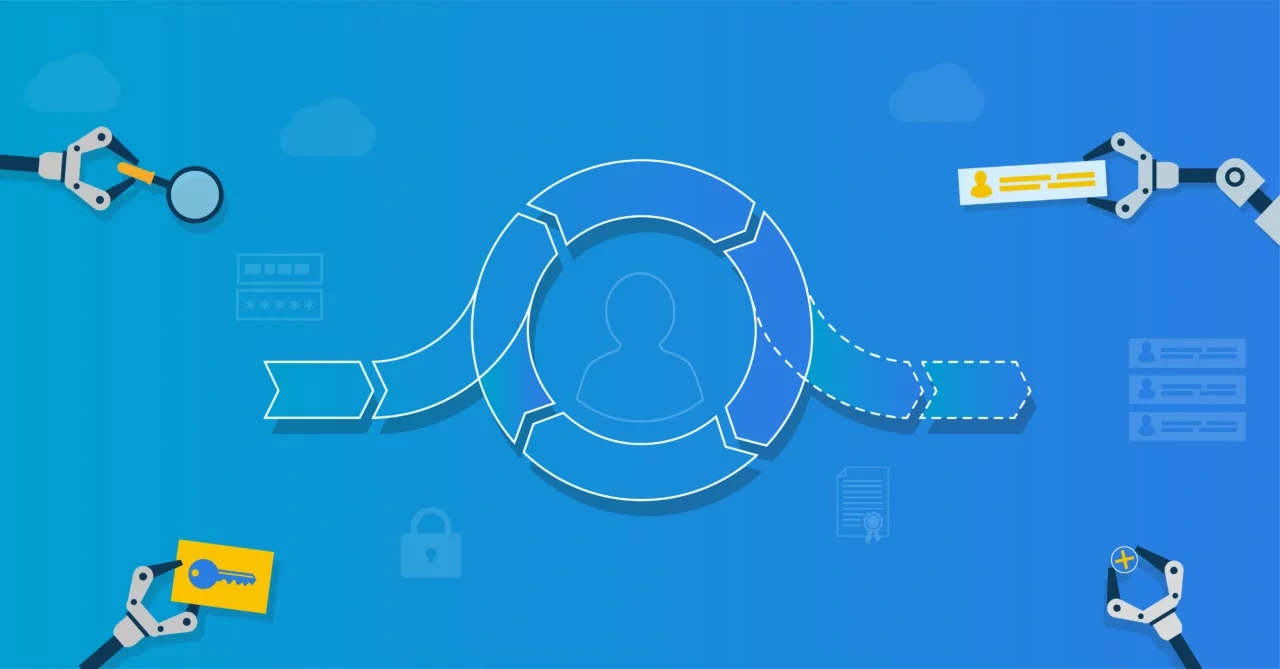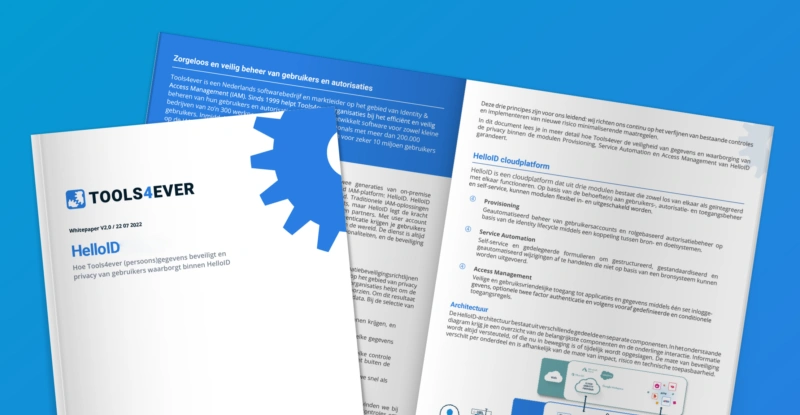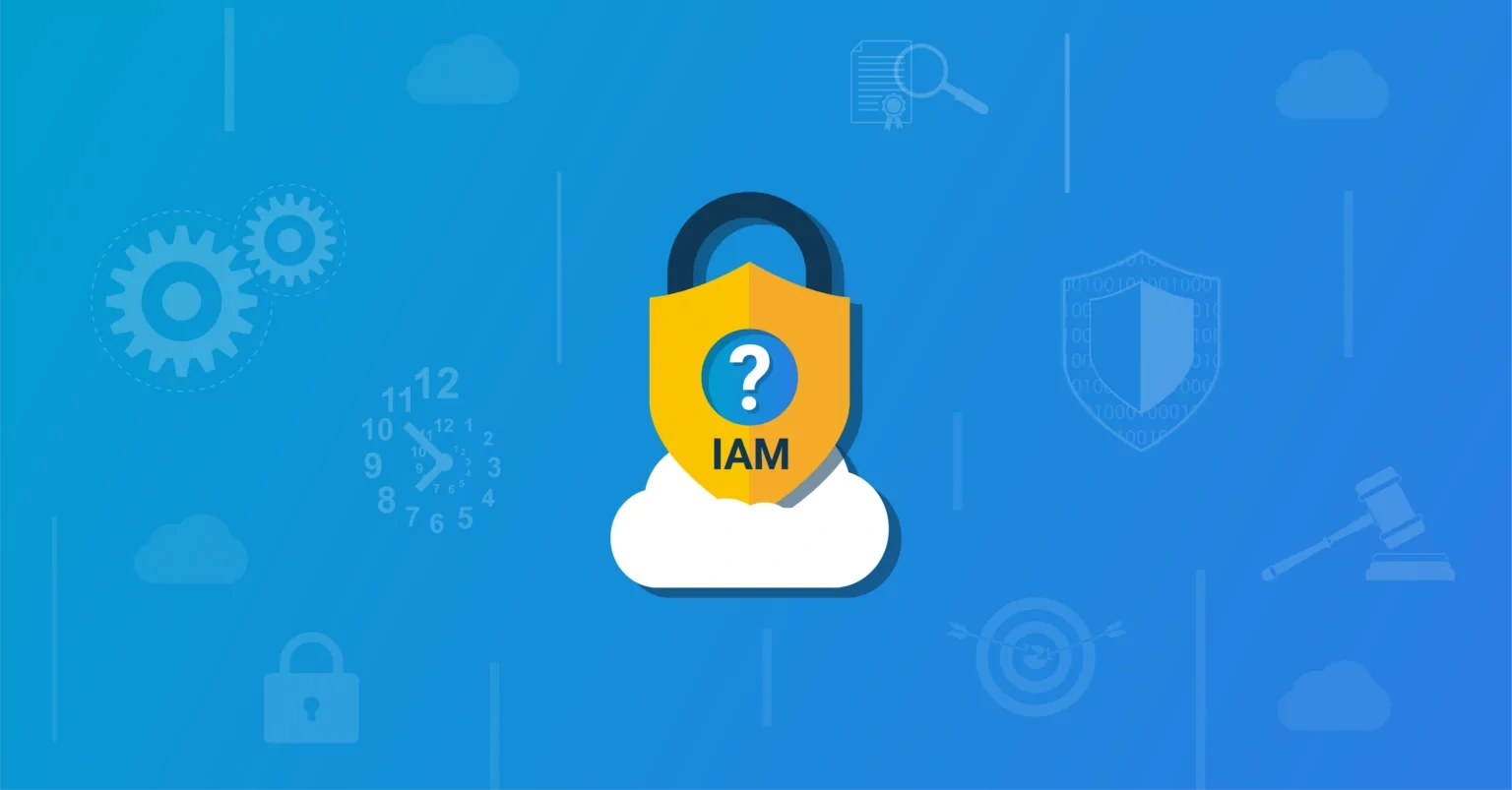Can the business case for HelloID be quantified?
Yes and no. HelloID offers a number of significant benefits, which are sometimes difficult to quantify. For example, a data breach can lead to enormous reputational damage and fines, but the extent of this is hard to estimate. On the other hand, savings on IT costs through the automation of identity lifecycle processes can be precisely determined, as can the further process automation and savings on license costs. Generally, even with just concrete financial figures for these items, a profitable business case can be established.
How does automation make your IAM secure and compliant?
We ensure that the platform adheres to the ‘least privilege’ principle, a fundamental pillar for compliance with information security guidelines such as ISO 27001 and GDPR. To this end, we link HelloID to a business source system (often the HR system). The employee information recorded there – such as someone’s role or position – becomes the ‘single source of truth’ for HelloID. Then, within the Role-Based Access Control (RBAC) framework, the access rights applicable to each role are clearly defined. Thus, individuals only gain ‘need to know’ access, and because any role change is processed directly from the source system, HelloID is always up to date. For additional/temporary requests, the necessary role separation and permission checks can be set up, while the audit logs of the system allow us to check all changes, actions and registered data at any time.
How does HelloID support controlled migration from a legacy IAM platform?
HelloID, as an Identity-as-a-Service solution, requires no installation, only configuration. Fundamentally, we automate two things: firstly, the identity lifecycle processes, and then the service processes for things like the request of additional/temporary access rights. In terms of the identity lifecycle, this involves linking HelloID to one or more source systems, target systems and configuring the RBAC framework with business rules. We can begin the migration in a controlled manner with one source system, one target system and a basic RBAC model. From there, we progressively add more connections and refine the RBAC model. The service processes can be automated one by one. Additionally, we can start simply with what are known as ‘delegated forms’ and later introduce fully automated self-service.
Do we need HelloID if we manage our own AD environment?
Yes. While many now use their own AD environment for the original IAM functionalities – Authentication & Authorisation – what is often missing is a comprehensive management solution for promptly providing the correct rights automatically to hundreds of users and dozens of applications in a large organisation. HelloID addresses this need. AD provides the technical implementation of Authentication and Authorisation, while HelloID manages further integration and management. Moreover, our flexible Access Management module, which includes extensive Single Sign-On functionality and Multi-Factor Authentication, often provides necessary solutions during migration and merger projects. It is also not always necessary for all user groups to utilise extensive – and therefore more expensive – MS licenses. For them, the HelloID SSO and MFA Access Management functionality, coupled with a relatively inexpensive E1 license, often suffices.


